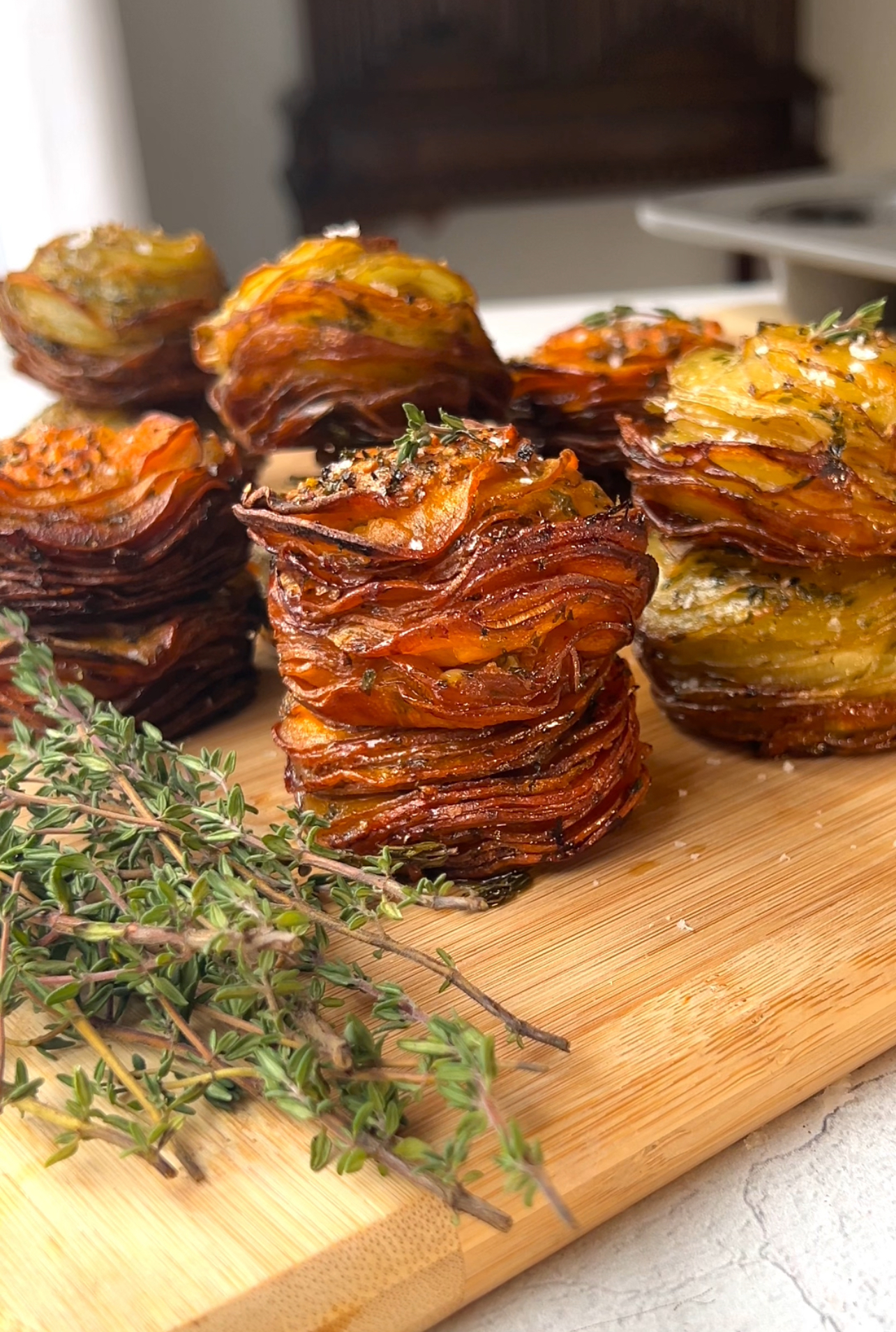Vertical Bounty: Mastering the Art of Potato Stacks
The humble potato, a culinary cornerstone for centuries, has found itself at the center of innovation in modern gardening. With space at a premium in urban environments and a growing desire for self-sufficiency, the potato stack method has emerged as a clever and efficient way to cultivate a substantial harvest in a minimal footprint. This comprehensive guide will delve into the intricacies of growing potato stacks, equipping you with the knowledge and techniques to achieve a thriving potato yield.
Potato stacks, essentially vertical gardens built layer by layer, mimic the natural growth habit of potatoes. Unlike traditional in-ground planting, which requires ample horizontal space, potato stacks leverage verticality, allowing you to grow a significant quantity of potatoes in a confined area. The principle is simple: as the potato plants grow, you continuously add layers of growing medium, encouraging the development of tubers along the buried stems.

Space Efficiency: Ideal for small gardens, patios, balconies, and even rooftops.
The success of your potato stack hinges on selecting appropriate materials. Consider these options:
Building the Stack Structure

Plastic Barrels or Buckets: Cut in half or with drainage holes drilled. Durable and readily available.
Selecting the Growing Medium
Compost: Provides essential nutrients and improves soil structure.
Seed potatoes are crucial for a successful harvest. Choose certified disease-free seed potatoes from a reputable supplier.
Chitting (Sprouting) Seed Potatoes
Place seed potatoes in a cool, bright location for several weeks before planting.
Cutting Seed Potatoes (Optional)
For larger seed potatoes, cut them into pieces, ensuring each piece has at least 1-2 sprouts.
1. Prepare the Base: Place your chosen container or structure in a sunny location with good drainage.
2. Initial Layer: Add a 4-6 inch layer of your chosen growing medium to the base.
3. Planting the Seed Potatoes: Place seed potatoes on the surface of the medium, spaced evenly.
4. Covering the Potatoes: Cover the seed potatoes with another 4-6 inches of growing medium.
5. Watering: Water thoroughly, ensuring the medium is moist but not waterlogged.
6. Adding Layers: As the potato plants grow, add layers of growing medium, burying the stems and encouraging tuber development.
7. Maintaining Moisture: Keep the growing medium consistently moist, especially during hot weather.
8. Fertilizing: Apply a balanced fertilizer or compost tea regularly to support growth.
Initial Planting
Begin with a layer of your chosen container.
Adding Layers as Plants Grow
Once the potato shoots reach 6-8 inches above the soil level, it is time to add another layer.
Watering: Potato stacks tend to dry out quickly, especially in warm weather. Water regularly, ensuring the growing medium is consistently moist.
Potato Beetles: Handpick beetles and larvae or use organic insecticides.
Timing: Potatoes are typically ready for harvest when the foliage begins to yellow and die back.
Sunlight: Potatoes need at least 6-8 hours of sunlight per day.
Poor Growth: Check for inadequate sunlight, water, or nutrients.
Potato stack gardening offers a rewarding and efficient way to cultivate a bountiful harvest of potatoes in a limited space. By understanding the principles of vertical gardening, selecting the right materials, and following these guidelines, you can successfully grow your own potato stacks and enjoy the fresh, homegrown taste of your own produce. With careful planning and consistent care, your potato stack will become a source of pride and a testament to the versatility of this beloved vegetable.
